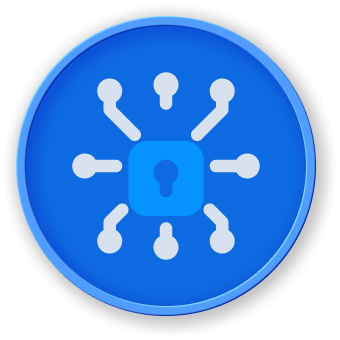Mitigation Strategies
Comprehensive Security Approach
Mitigating file inclusion vulnerabilities requires a multi-layered security strategy that addresses potential risks at different levels.
1. Whitelist Approach
<?php
function secureFileInclusion($filename) {
$allowedFiles = [
'header.php',
'footer.php',
'sidebar.php'
];
if (in_array($filename, $allowedFiles)) {
include($filename);
} else {
die('Unauthorized file access');
}
}
2. Path Restriction
## Ubuntu example of path restriction
function validateFilePath($path) {
$basePath = '/var/www/safe_includes/';
$realPath = realpath($path);
if (strpos($realPath, $basePath) !== 0) {
throw new Exception('Invalid file path');
}
}
Security Workflow
graph TD
A[User Input] --> B{Input Validation}
B --> |Passed| C[Path Sanitization]
B --> |Failed| D[Reject Request]
C --> E[File Existence Check]
E --> |Valid| F[Controlled File Inclusion]
E --> |Invalid| G[Block Access]
Mitigation Strategies Comparison
| Strategy |
Complexity |
Effectiveness |
Implementation Effort |
| Whitelist |
Low |
High |
Medium |
| Path Restriction |
Medium |
High |
High |
| Input Sanitization |
High |
Very High |
High |
Advanced Protection Mechanisms
1. Secure File Reading
import os
def secure_file_read(filename):
## Restrict to specific directory
BASE_DIR = '/opt/safe_files/'
## Resolve full path
full_path = os.path.normpath(os.path.join(BASE_DIR, filename))
## Ensure file is within allowed directory
if not full_path.startswith(BASE_DIR):
raise ValueError('Access denied')
with open(full_path, 'r') as file:
return file.read()
2. PHP Configuration Hardening
<?php
// Disable dangerous PHP settings
ini_set('allow_url_include', 0);
ini_set('open_basedir', '/var/www/html:/tmp');
Security Best Practices
- Always validate and sanitize user inputs
- Use strict file path controls
- Implement least privilege principles
- Regular security audits
- Keep systems and libraries updated
LabEx Security Recommendations
- Utilize LabEx's built-in security frameworks
- Implement comprehensive input validation
- Use secure coding practices
- Conduct regular vulnerability assessments
Practical Implementation Steps
- Define allowed file list
- Implement strict path validation
- Use type-safe file inclusion methods
- Log and monitor file access attempts
- Implement error handling
By following these mitigation strategies, developers can significantly reduce the risk of file inclusion vulnerabilities and create more secure web applications.




